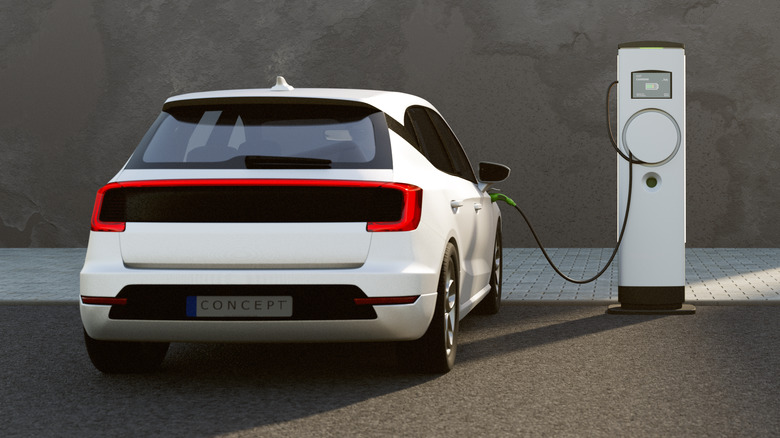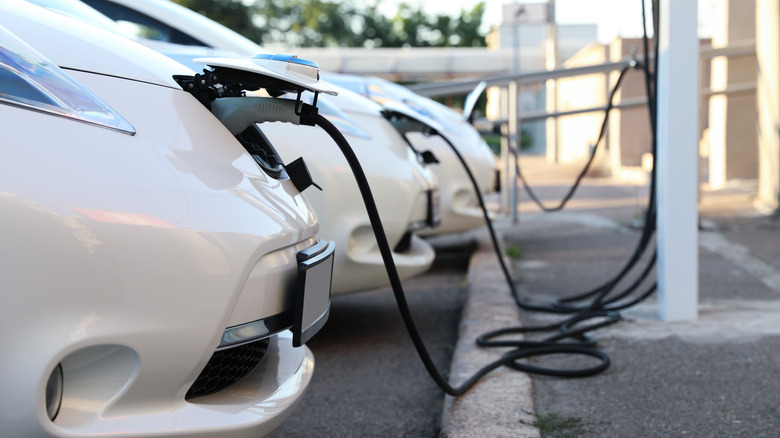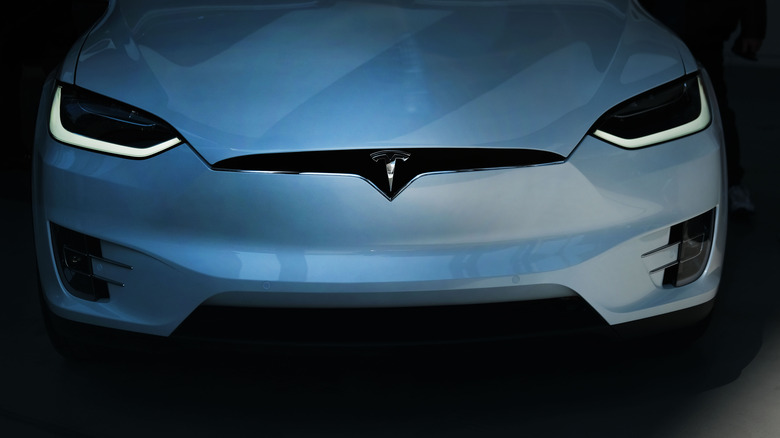Fascinating Research Says EV Ride Sharing Could Worsen Air Pollution And Traffic Woes
Electric vehicles are seen as the solution to the pollution woes stirred by gas-guzzling cars. However, research says EVs might not be the cure-all for the environmental harm that comes form fossil fuel-based rides. Published in the Environmental Science & Technology journal, research notes that electrification by transportation networking companies such as Uber and Lyft can lead to a surge in deadheading, because these vehicles will have to travel extra miles as they shuttle between charging stations.
Deadheading is the technical term when vehicles like a semi or a cargo truck is towing an empty trailer. In the case of an electrified fleet engaged in higher instances of deadheading, that won't bode well for traffic, especially in urban areas.
"Furthermore, fast chargers are not as ubiquitous as gas stations, which means EVs have to travel farther each time they refuel than gasoline vehicles," says Parth Vaishnav, senior author of the research paper and an assistant professor at the University of Michigan's School for Environment and Sustainability.
The direct consequences of EV deadheading are increased traffic congestion, higher risks of accidents, and noise externalities. Quantitatively speaking, the risks of congestion, crash, and noise go up by 2-3% for each trip. Interestingly, the most notable outcome of the research was in terms of cost reduction.
The indirect pollution factor
Notably, research is based on a simulation modeling tool called AgentX, which relies on TNC ridesourcing trip data from EVs in Chicago between 2019 and 2022. There are proven benefits of fleet electrification, and the research drew the same conclusion, but not without caveats. For example, the research notes that electrified TNC trips bring down the greenhouse gas emissions by as much as 40-45%, or on a financial scale, by up to $0.1 per trip. But at the same time, there are life cycle-related variables that can cause up to a 6-11% spike in air pollution.
The primary contributors to air pollution were narrowed down to particulate matter and oxides of sulfur and nitrogen, which are linked to fossil-reliant power plants that are supplying electrical energy to EV charging stations. The research in question focused on ride-sharing apps, which travel more frquently than an average car, electrified or not.
For this particular research, the team assessed data from over a million Uber and Lyft trips across weekdays, busy weekends, and different seasons across the year. This is the first analysis of its kind that takes into account real-world travel data from electric vehicles, with a focus on life-cycle copses from EVs that draw power from a 40 kWh or 65 kWh battery pack.
A modest win, with caveats
"About 80% of the total costs to society result from traffic-related factors, while 20% are due to emissions," says the team in a press note. In addition to a small spike in air pollution due to their frequent visits at local power plants for charging, the battery-powered electric vehicles are also found to contribute "more ground-level particulates from tire and brake dust."
But as mentioned earlier, the data fed to the simulation model is based off the EV travel patterns in Chicago, which means the results will vary from state to state depending on each unique system of power grids and road layouts. For some context, Chicago ranks in the top tier among regions with the highest number of ride hailings, recording an average 300,000 daily trips in per-pandemic phase.
Overall, the team mentions that an electrified ride-hailing ecosystem would bring down the "total harms to society by about 3% per trip," which translates to an annual savings of around $1.5 million for the city of Chicago. It seems that electrification is a modest victory, but what would really make a tangible impact is curbing dependency on vehicles overall. At the end of the day, the environmental costs come down to the net distance traveled, which can only be effectively countered by a better public transit infrastructure.


